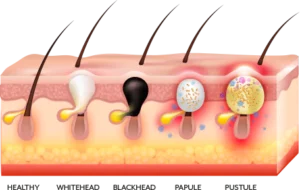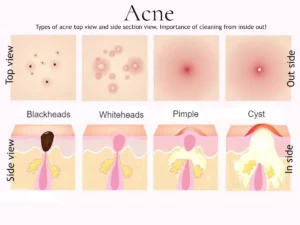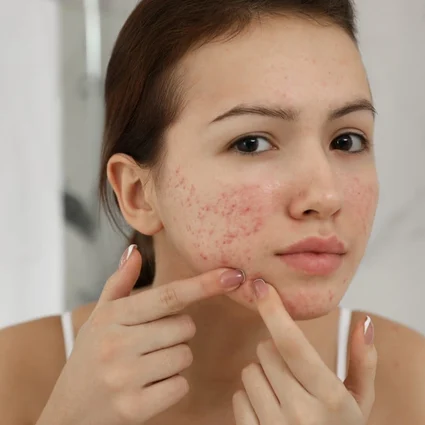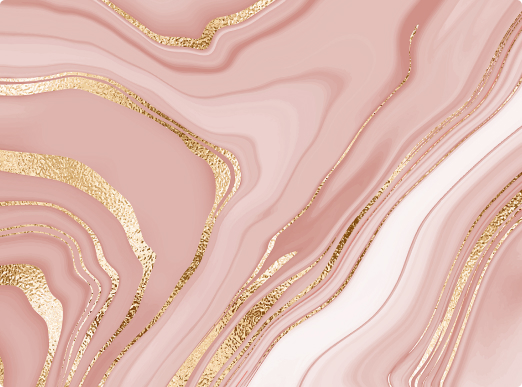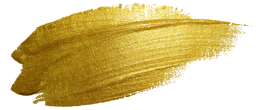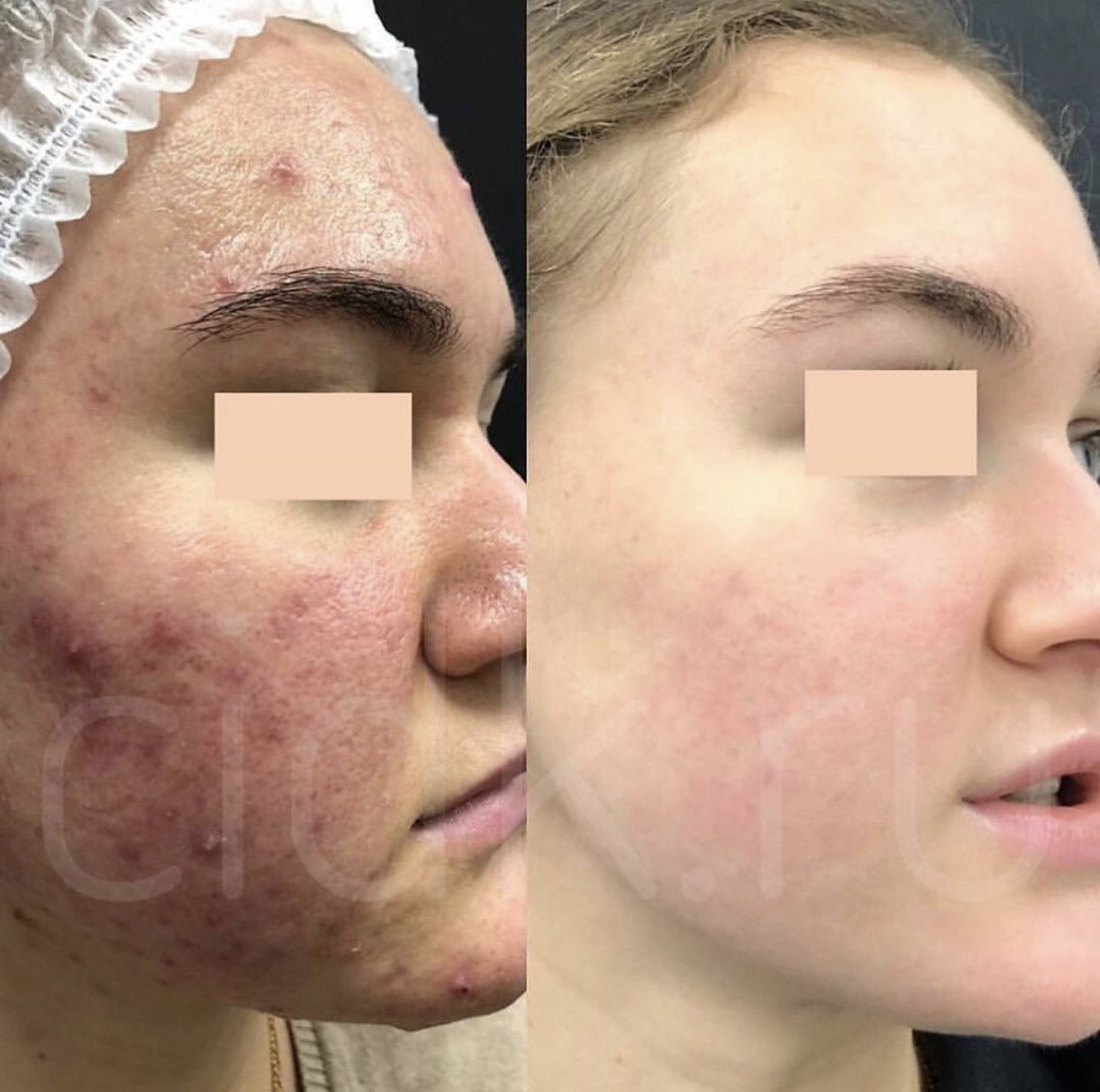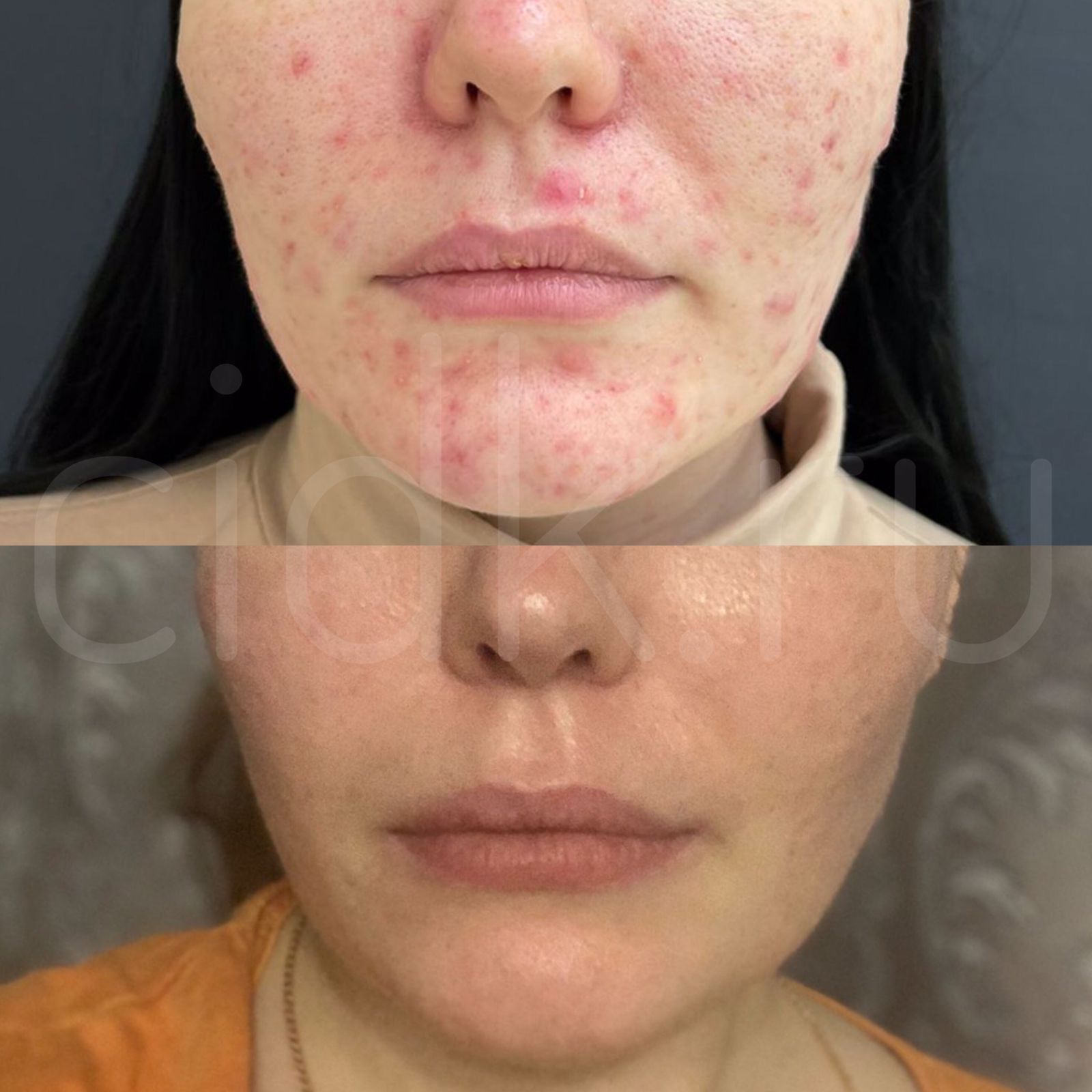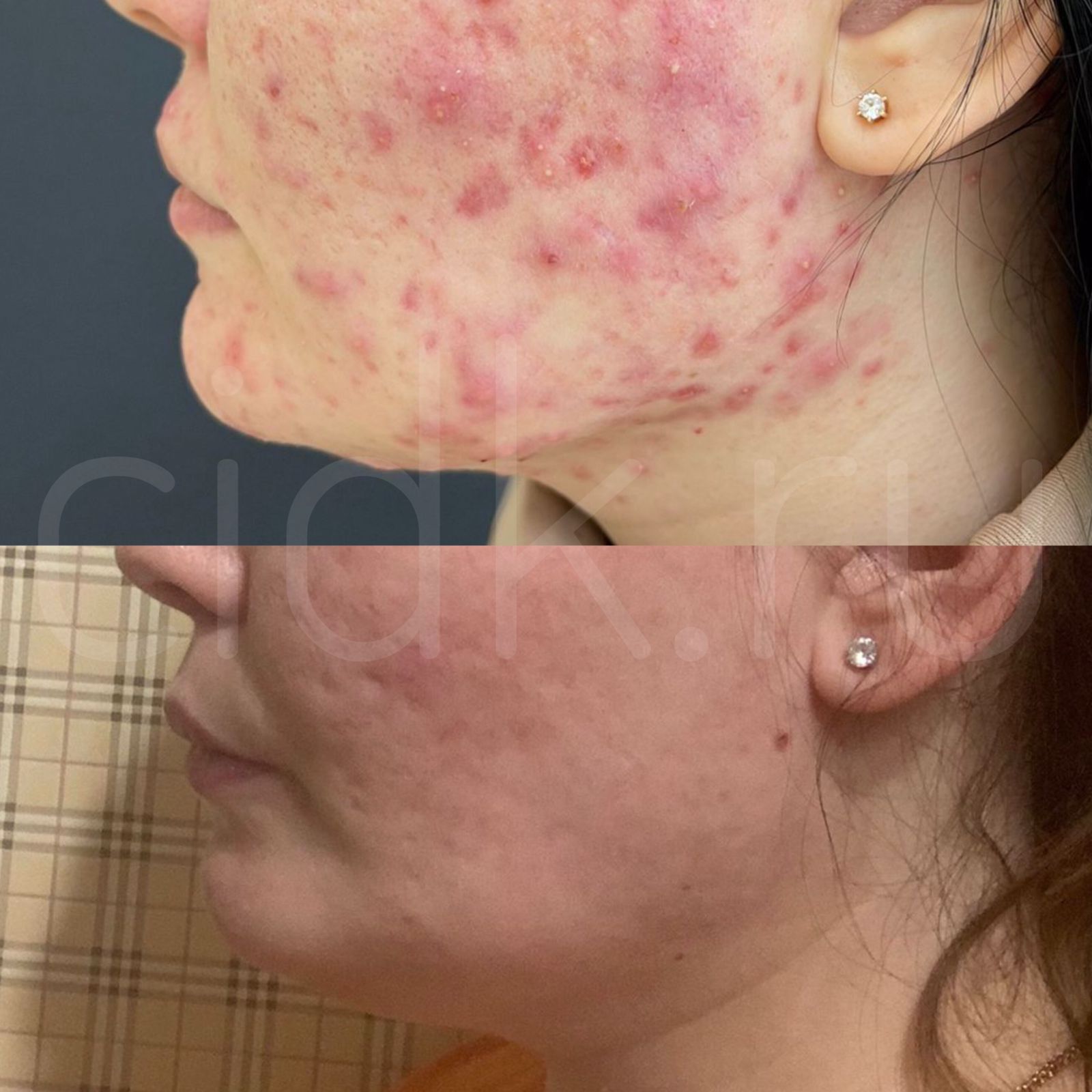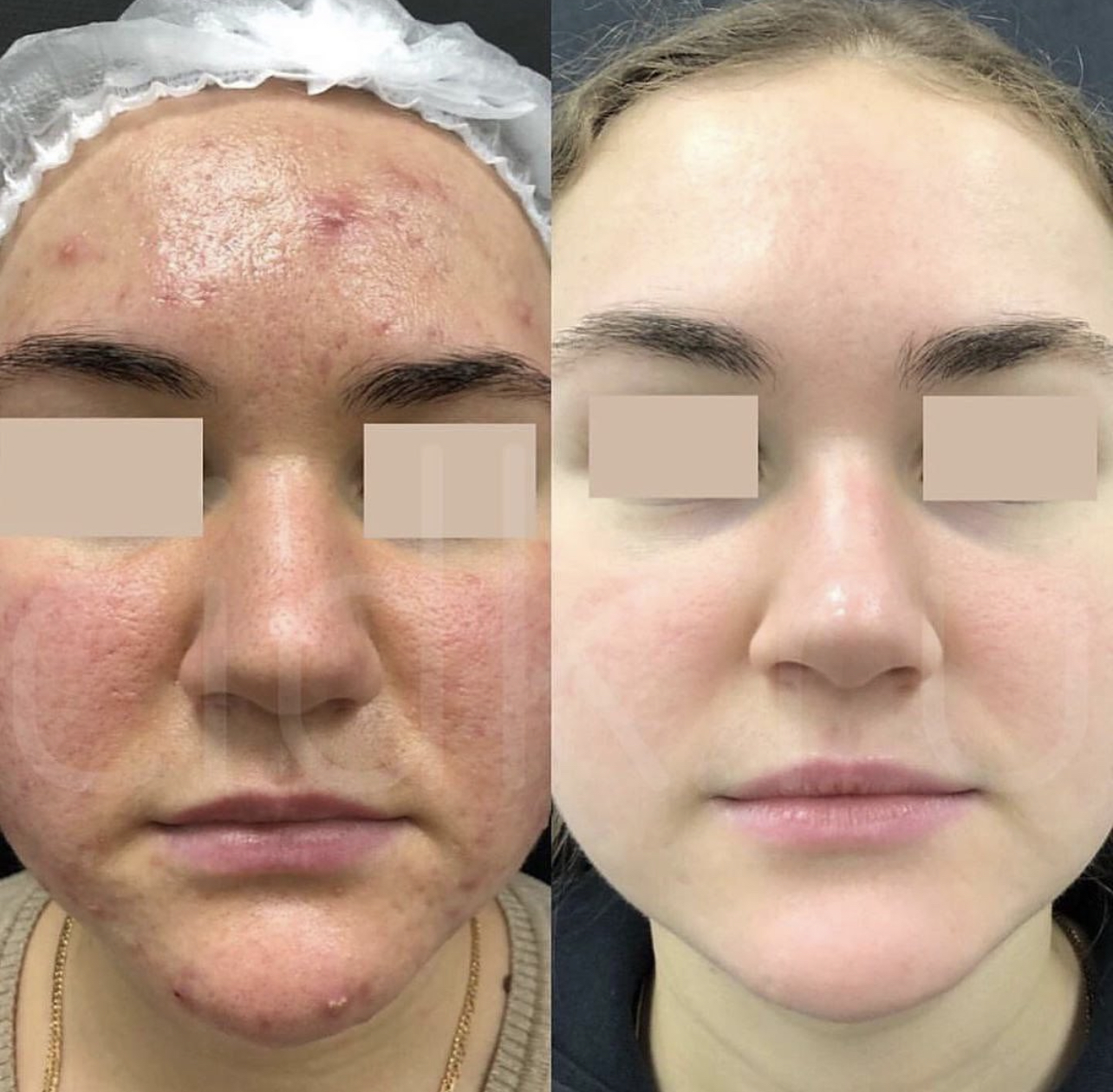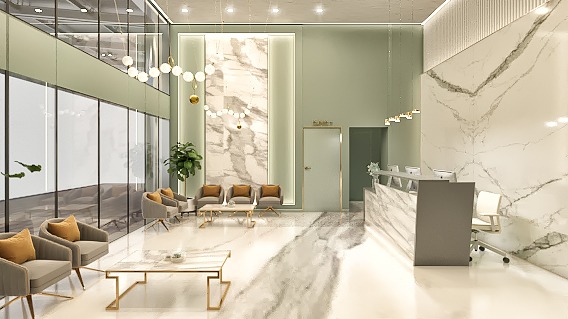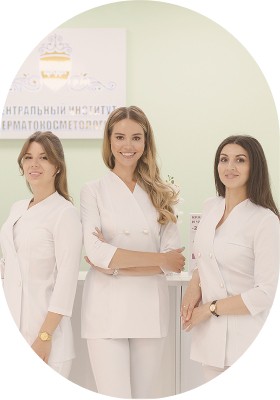Benzoyl peroxide
Benzoyl peroxide works as an antiseptic to reduce the number of bacteria on the surface of the skin.
It also helps to reduce the number of whiteheads and blackheads, and has an anti-inflammatory effect.
Benzoyl peroxide is usually available as a cream or gel. It’s used either once or twice a day.
It should be applied after washing to all of the parts of your face affected by acne.
It should be used sparingly, as too much can irritate your skin.
It also makes your face more sensitive to sunlight, so avoid too much sun and sources of ultraviolet (UV) light (such as sunbeds), or wear sun cream.
Benzoyl peroxide can have a bleaching effect, so avoid getting it on your hair or clothes.
Common side effects of benzoyl peroxide include:
- dry and tense skin
- a burning, itching or stinging sensation
- some redness and peeling of the skin
Side effects are usually mild and should pass once the treatment has finished.
Most people need a 6-week course of treatment to clear most or all of their acne.
You may be advised to continue treatment less frequently to prevent acne returning.
Topical retinoids
Topical retinoids work by removing dead skin cells from the surface of the skin (exfoliating), which helps prevent them building up within hair follicles.
Tretinoin and adapalene are topical retinoids used to treat acne. They’re available in a gel or cream and are usually applied once a day before you go to bed.
Apply to all the parts of your face affected by acne 20 minutes after washing your face.
It’s important to apply topical retinoids sparingly and avoid excessive exposure to sunlight and UV.
Topical retinoids are not suitable for use during pregnancy, as there’s a risk they might cause birth defects.
The most common side effects of topical retinoids are mild irritation and stinging of the skin.
A 6-week course is usually required, but you may be advised to continue using the medicine less frequently after this.
Topical antibiotics
Topical antibiotics help kill the bacteria on the skin that can infect plugged hair follicles. They’re available as a lotion or gel that’s applied once or twice a day.
A 6- to 8-week course is usually recommended. After this, treatment is usually stopped, as there’s a risk that the bacteria on your face could become resistant to the antibiotics.
This could make your acne worse and cause additional infections.
Side effects are uncommon, but can include:
- minor irritation of the skin
- redness and burning of the skin
- peeling of the skin
Azelaic acid
Azelaic acid is often used as an alternative treatment for acne if the side effects of benzoyl peroxide or topical retinoids are particularly irritating or painful.
Azelaic acid works by getting rid of dead skin and killing bacteria.
It’s available as a cream or gel and is usually applied twice a day (or once a day if your skin is particularly sensitive).
The medicine does not make your skin sensitive to sunlight, so you do not have to avoid exposure to the sun.
You’ll usually need to use azelaic acid for a month before your acne improves.
The side effects of azelaic acid are usually mild and include:
- burning or stinging skin
- itchiness
- dry skin
- redness of the skin
